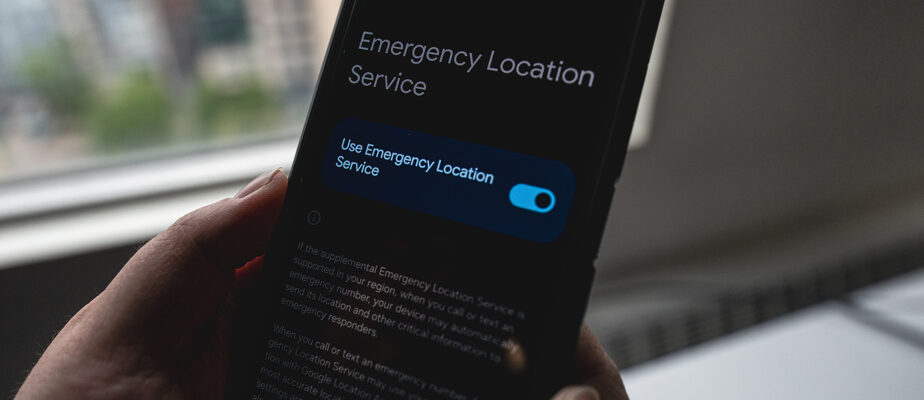(Toronto) The next time Android users in Canada call 911, a new service built into their phone will transmit their location to emergency responders.
Google announced the launch of the Android Emergency Location service in Canada on Monday, saying its goal is to reduce response times by helping emergency personnel locate people in need more quickly.
“This is an essential service for users because very often an attendant would not have been able to get the location they needed to quickly and easily send this help. It is therefore […] a huge help for Canadians who call emergency services,” said Boone Spooner, product manager for Android security at Google.
Rethinking emergency services
The Canadian launch of the service comes as the telecommunications industry, its regulators and technology companies work to overhaul aging emergency systems so that they are capable of collecting more information in a wider range of formats to Canadians in distress.
Their goal is to transform analog systems into digital systems so that the country can offer next-generation emergency services, which could eventually allow first responders to receive text messages, medical information or even videos of incidents warranting emergency intervention.
The origins of the emergency locator service date back to 2018, Spooner said.
“An Android developer had an emergency and realized that the person handling her call didn’t know where she was,” he said.
“She thought, ‘There has to be a way to solve this problem.’ »
At the time, 911 services were able to locate callers either through landline technology or by asking them where they were, a question that was sometimes not easy to answer.
“Maybe they didn’t know where they were and didn’t have a reference point for help to be sent to them,” Spooner said.
Locate people in distress
The service reduces these problems because it relies on a combination of Wi-Fi, GPS and cell towers to identify where a caller is located.
“The person taking the call will see a blue dot similar to what you would see on Google Maps and that dot corresponds to the XY coordinates of the location of the user making their phone call,” Spooner said.
“An attendant can then determine, based on that blue dot or location, which cross streets or building that user is in.” »
Altitude information is also transmitted, so an attendant can get a rough idea of what floor the caller is on if they are inside.
The service is only activated when 911 is called, and because the feature will only be used by emergency service providers, Google says it will never see users’ locations. Android users will have the option to opt out of the service, Spooner added.
Google estimates that the service, which is free, will be available on 99.9% of Android phones version five or newer.
Access to the service does not depend on which cellular service provider you subscribe to, although Google has partnered with BCE and Telus for the launch, as the telecommunications companies are the country’s 911 network providers.
Following the launch, Canadian Radio-television and Telecommunications Commission records show Telus and BCE seeking permission to charge other wireless service providers $0.0073 per subscriber per month to offset the cost deployment of the emergency location service.
Fill a gap
The service comes as the telecommunications industry has seen its emergency services efforts in the spotlight in recent years after millions of Canadians were unable to reach police, paramedics and emergency services. firefighters when Rogers Communications experienced a widespread interruption of its service in July 2022.
Although Bell and Telus offered assistance to their rival during the disruption, Rogers was unable to transfer its customers to competing carriers and was unable to automatically connect customers to another carrier for 911 calls.
To reduce the risk of such a situation happening again, the federal government has ordered telecommunications companies to develop a contingency plan.
Apple then introduced its SOS emergency system to some iPhones in November 2022. The system helps people without cell service or Wi-Fi connect to a satellite to report an emergency or call for help, even in places the most distant.
